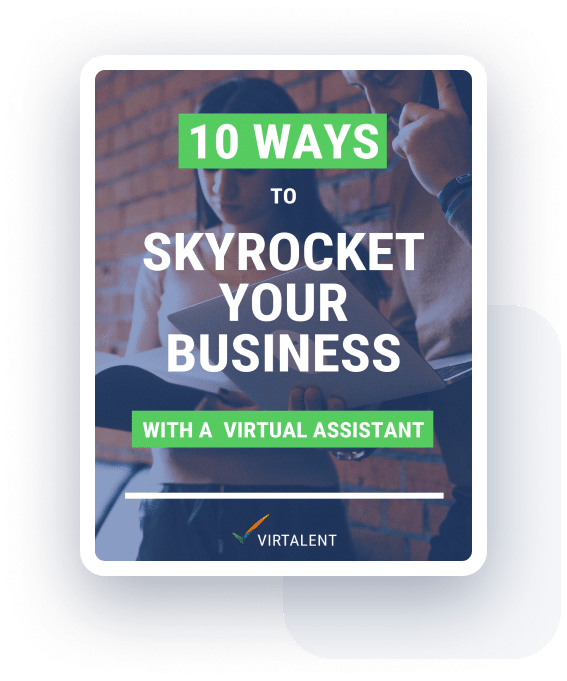There are some clear rules when it comes to writing press releases.
“Is this news relevant?”
That is the first question you need to address when writing a press release. Press releases are modern and up-to-date means of communication. This is why one of the most important aspects of a great press release. Many businesses can fall into the trap of writing a press release for the sake of it, without taking into account the value that press releases can bring. Creating a press release that doesn’t excite or interest your target audience can mean that when you do eventually create a great press release, your audience will have lost interest. You need to create awareness as opposed to ignite disinterest amongst your readers as they want to know how your news will impact them.
So how do you start off writing a press release?
You first need to decide what is going to go into your press release.
Who will the press release be about? Will you be talking about your business, your services or products? Who will your press release be aimed at?
What news do you have to give? Are you informing your audience of something new? What is relevant about the news you are going to distribute?
Where is the news coming from? Where is it taking place? Is the geographical location relevant to the press release?
When is the news taking place? Is this relevant to the audience? Should they be informed of when the news is happening?
Why is this news important? Why is it relevant than other items of news?
How did this news start? How do you intend to make the news relevant to your readers?
What do you need to include in a press release?
Firstly, it is important to make a note of all the things that you want to include in your press release. These ideas need to be communicated in a succinct and informative manner. Don’t be afraid to write several versions of your press release until you believe you have the correct version to put forward as your press release. Press releases aren’t designed to be long articles, they should be short and informative pieces of information. The heart of your article should be portrayed in the first paragraph of your press release. The key focus should be on the audience.
Title
The title has to be eye-catching to instantly capture your audience. Be mindful of who will be reading your press release. Don’t choose humorous or satirical titles if the aim of your press release is to be serious and professional.
Length
There is no set rule for how long your press release needs to be. If it is too long you run the risk of disengaging your audience, without having disclosed any important information. Ensure you get your point across in the opening few paragraphs. By the end of the first two paragraphs, your reader should have enough information to understand what your press release is about and have read all the necessary information. Make the press release as factual as possible, adopting a professional tone. Make sure you explain your news in your press release as you do want to be as informative as possible. Make your press release as punchy as possible!
At the end of the press release, ensure you include your contact details if your audience wishes to contact you for more information. A telephone number and email address is essential for others to contact you.
How to spread the word
If you want your press release to be successful, know your target audience and research what types of social media and press articles they are likely to read. A tech company is more likely to read tech related magazines and articles, and so on.
Plan in advance when you want your article to be published. Journalists and publishers have deadlines, so don’t get caught out by sending your press release in after a publishing deadline. Being aware of the ideal time to capture your audience’s attention can be beneficial if your press release is being published over social media channels. Make use of Twitter, LinkedIn and Facebook to direct your audience to your press release, to generate as much traffic to your press release as possible!
When you do your research, identify working patterns and deadlines. Many weekly local papers, for example, have a Tuesday deadline for Thursday publication. So, you might be wise not to issue and chase a local press journalist on a Tuesday when they are trying to finalise their stories.
Photographs
A great press release will contain a photograph as this is a great way to grab instant attention. Likewise with the content, the photograph must also be relevant to the press release and illustrate the essence of your content. Keep the photograph professional and be creative with how you want to portray the press release. Colour photographs are more striking than black and white photographs, so think about how you want the end result to look.
So creating the idea press release, doesn’t have to be difficult. Ensure that your news is current, relevant and will appeal to your target audience!







